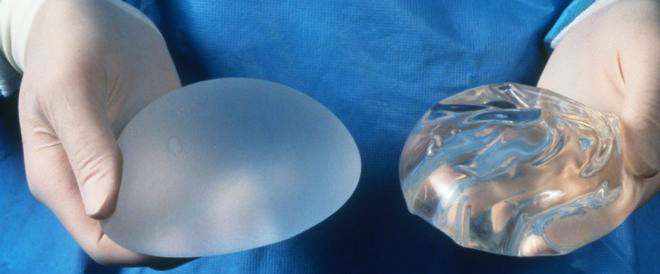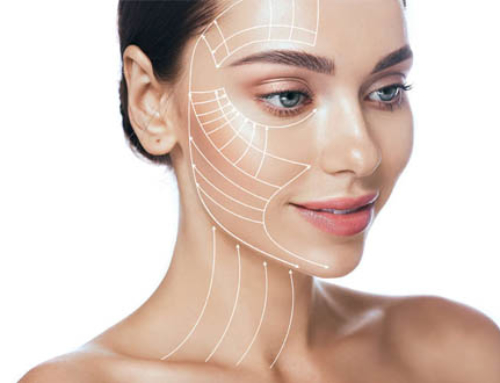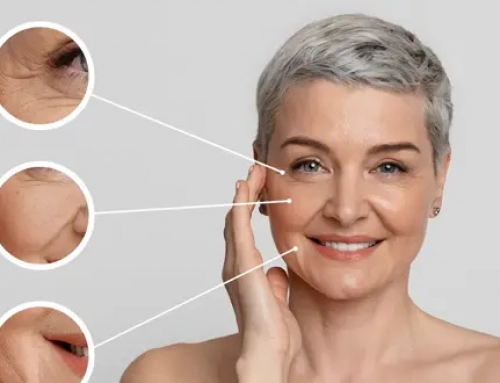Female patients frequently consult Dr.Balti for breast revision procedures. There are two main reasons to consider breast implants replacement. The first one is the implants’ wear and the second is an unsatisfactory result, although the second is a lot more common.

Breast implants
Breast implants : varying lifespans
The implant’s condition changes with time, and while they are reliable, they aren’t lifetime guaranteed. Breast implants don’t necessarily need to be replaced every 10 years : this is a myth. The wear of the implants depends on their interactions with surrounding natural tissues, and regarding this matter, each body ajusts to implants his own way. The same implants don’t have the same lifespan for each patient.
The wear of breast implants has to be assessed by the surgeon once every year and additional exams can be prescribed if needed.For instance, a mammography can detect points of rupture.
Unsatisfactory result : the most common reason for breast implants replacement
Statistics say that 25 to 30% of women are not satisfied by their implants. « My figure has changed », « my implants are visible », « the result has deteriorated » is often what these patients mention during consultation.
What the clinical examination often detects on these patients are the consequences of natural aging, namely breast sagging, which changes the initially good plastic surgery result and justifies breast implants replacement or a breast lift to treat breast sagging.
Mispositioned or visible breast implants
Another frequent reason why patients are unhappy with their breast augmentation result is breast implants position : too high, too low or too far apart.
Visible implants also motivate patients to request a revision procedure. Breast implants can become visible when the breasts age, when they lose volume (after pregnancy, breastfeeding), when they are sagging or because of the implants shifting.
Implants position problems usually mean that the initial choices (volume, shape, position, placement) weren’t suited to the patient, which becomes more obvious once healing is over and implants have settled in their definitive position.





